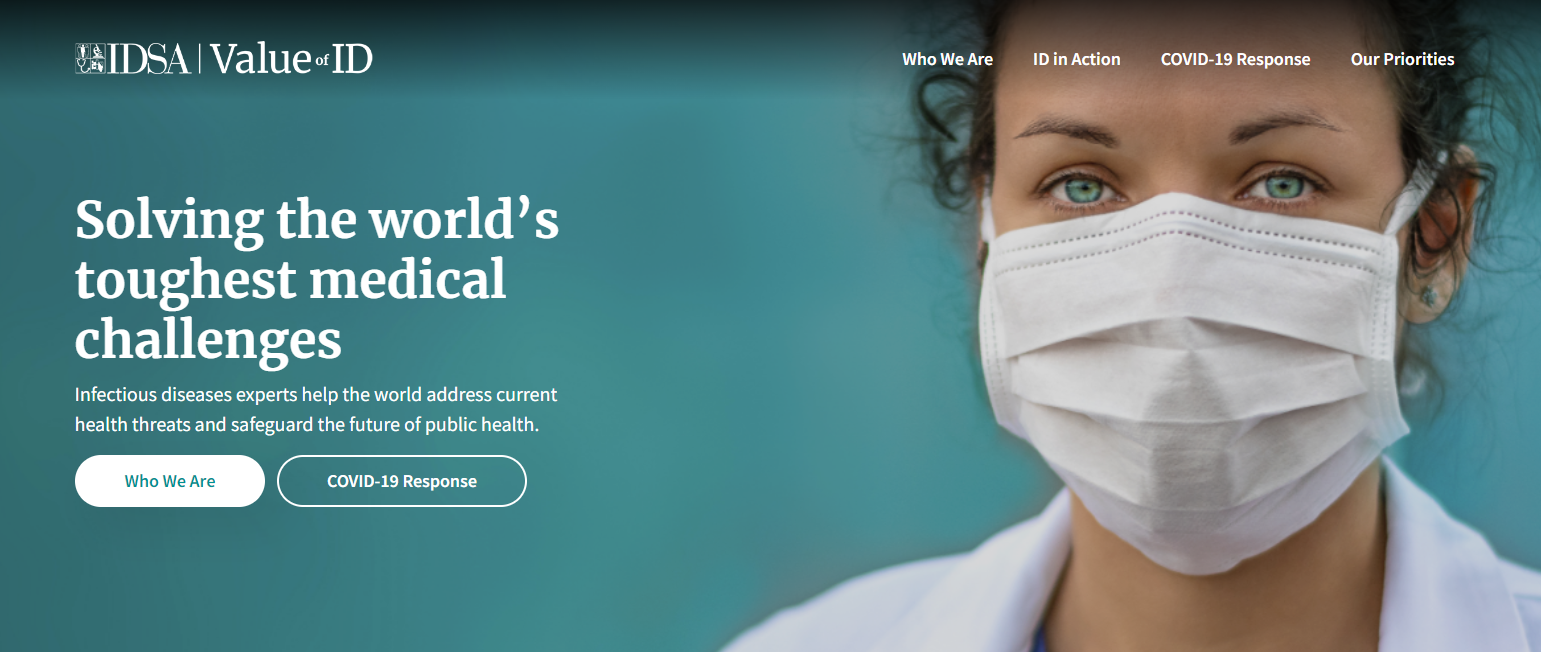Infectious diseases are caused by microscopic organisms that penetrate the body’s natural barriers and multiply to create symptoms that can range from mild to deadly. Although progress has been made to eradicate or control many infectious diseases, humankind remains vulnerable to a wide array of new and resurgent organisms.
Obstacles in Infection Treatment
- New, potentially dangerous bacteria, viruses, fungi and parasites such as severe acute respiratory syndrome (SARS) emerge every year.
- Previously recognized pathogens can evolve to become resistant to available antibiotics and other treatments.
- Population crowding and easy travel also make us more vulnerable to the spread of infectious agents.
- Recent concerns about bioterrorism have focused new attention on eradicated or rare infectious diseases such as smallpox and anthrax.
Types of Infection
Some infections, such as measles, malaria, HIV and yellow fever, affect the entire body. Other infections affect only one organ or system of the body. The most frequent local infections, including the common cold, occur in the upper respiratory tract. A serious and usually local infection of the respiratory tract is tuberculosis, which is a problem worldwide.
Other common sites of infection include the digestive tract, the lungs, the reproductive and urinary tracts, the eyes or ears. Local infections can cause serious illnesses if they affect vital organs such as the heart, brain or liver. They also can spread through the blood stream to cause widespread symptoms.
The outcome of any infection depends on the virulence of infectious agents, the number of organisms in the infecting inoculum and the response of the immune system. A compromised immune system, which can result from diseases such as AIDS or treatment of diseases such as cancer, may allow organisms that are ordinarily harmless to proliferate and cause life-threatening illness.
Modes of Infection
Prevention and Treatment
Immunization
Modern vaccines are among our most effective strategies to prevent disease. Many devastating diseases can now be prevented through appropriate immunization programs. In the United States, it is recommended that all children be vaccinated against diphtheria, pertussis (whooping cough), tetanus, polio, measles, rubella (German measles), mumps, Haemophilus influenza type B (a common cause of pneumonia and meningitis in infants), hepatitis B, varicella (chickenpox) and influenza.
Travelers to foreign countries may require vaccinations against yellow fever, cholera, typhoid fever or hepatitis A or B.
Public Health Measures
Measures that assure clean water supplies, adequate sewage treatment, and sanitary handling of food and milk also are important to control the spread of infectious disease.
Surveillance
The fight against infectious diseases requires worldwide surveillance by physicians, scientists and public health officials who gather information on communicable diseases, report new or resurgent outbreaks of disease, and develop standards and guidelines for treating and controlling disease.
Treatment
The development of antibiotics and other antimicrobials has played an important role in the fight against infectious diseases, but some microorganisms develop resistance to the drugs used against them. Modern physicians must prescribe antibiotics carefully, and research and development of new drugs is needed. The more widely antibiotics and antivirals are used, the more likely it is that antimicrobial-resistant strains of microorganisms will emerge.


